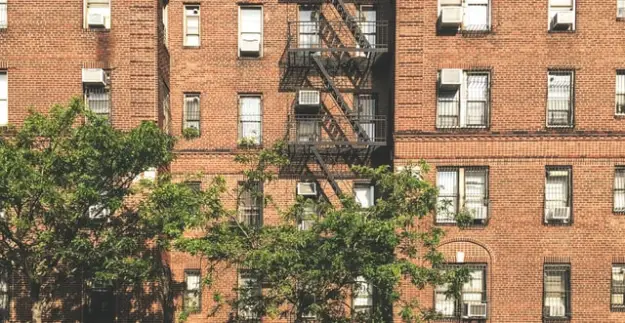
Looking to invest in buy to let property? Then you may want to know what it takes, and some of the pitfalls involved. We’ve taken time to outline some of the things you need to consider before investing. From researching the market, choosing the right property and location, to seeking specialist advice and finding great tenants. This basic guide should point you in the direction of being the best landlord you can be to create the highest possible return on your investment.
Know the Buy to Let Market
If you’re new to buy to let investments, you need to spend some time researching the current market. It’s all well and good knowing the benefits but be sure to know the pitfalls too. Is buy to let property really the investment you want? Explore alternative avenues, as a long term investment of this sort might not be for everyone.
Previously, high rate savings accounts would trump most investments, but now rates are much lower, so investing in property could produce a better return on investment. However, your capital will be tied up in the property, and there are risks involved such as it decreasing in value.
Pick the Right Property
It’s crucial to find a good letting agent to manage your buy to let properties, especially if you want to take a less hands-on approach to be a landlord. Before you find the right letting agent, you must find the right property, something you need to consider early on in your property strategy.
Picking the right property should attract better tenants and help make your buy to let journey much more straightforward. If you wish to seek buy to let advice for property in the UK or Europe, look for a market leader in UK property investment like RWinvest who have a great track record of success when it comes to buy to let residential and student investments.
Properties that Need Improvements
Look for properties that need some improvements as a way of increasing the value of your initial investment. Properties in need of renovation open up an opportunity for negotiation. You should be able to receive a better price and then make any necessary renovations to add value. Remember to make sure the price is low enough to cover improvements and additional costs while still turning a profit.
You could follow the property developers’ approximate calculation where you want the final value of the property, after any renovations, to be at least the purchase price, plus the cost of any additional work, and then add 20 per cent on top.
Know Your Return on Investment
Rent should be the key return for buy to let landlords; When looking for properties compare the rental yields. This is the annual rent received as a percentage of the purchase price. Be sure to calculate the rental yield correctly, and if you’re buying with a mortgage, note that the rent to property price yield will not be the return you receive.
To calculate your annual return on investment subtract your annual mortgage cost from your annual rent and then work this out as a percentage of the original deposit you put down. Remember, tax, maintenance, and other landlord costs will also need to be deducted from this return.
For example:
If you buy a property at £190,000 that could rent for £800 per month, you need a £50,000 deposit and approximately £2,060 in annual costs.
Typical annual costs for insurance (£360), repairs (£900) and void periods (£800) = £2,060.
£140,000 buy to let mortgage at a fixed interest rate of 3.44% = £401.33 monthly or £4,816 annual interest repayments.
£800 rental income x 12 = £9,600 annually.
Difference between annual mortgage interest repayments and annual rent income = £4,784.
Deposit plus buying costs = £52,060.
Net rental income = £2,724 (£9,600 – (£4,816 + £2,060)), with the net rental yield being (£2,724 / £190,000 x 100 = 1.43%.
Now with the net rental income of £2,724 divide this by your capital outlay instead of the property value to give a net rental yield. (£2,724 / £50,000) x 100 = 5.45%.
Annual return = 5.5%.
Choosing the Right Location
It’s finding the perfect balance between choosing the right location, the right street and combining it with good property. This should help you attract tenants that pay their rent on time, keep the property in good condition and are respectful to neighbors and other residents.
Finding the Perfect Tenant
Local research and thorough tenant referencing is key to steering away from bad tenants and landing in the arms of the perfect renter. Some things you need to be aware of as a landlord include anti-social behavior from tenants, damaged property and worst of all, using your investment to sell illegal substances.
Be the Best Landlord you can be
To attract the best tenants, you need to be a great landlord. Aim to provide lovely long-term family homes or rental properties at reasonable market prices. Use professional contractors when carrying out maintenance on the property and try to repair issues as soon as possible. Lastly, sign up to become a member of a landlords association to keep up to date with current news and information on how to be a successful landlord.
The post Everything you Need to Know Before Investing in Buy to Let appeared first on Mike Gingerich.
Read more: mikegingerich.com









